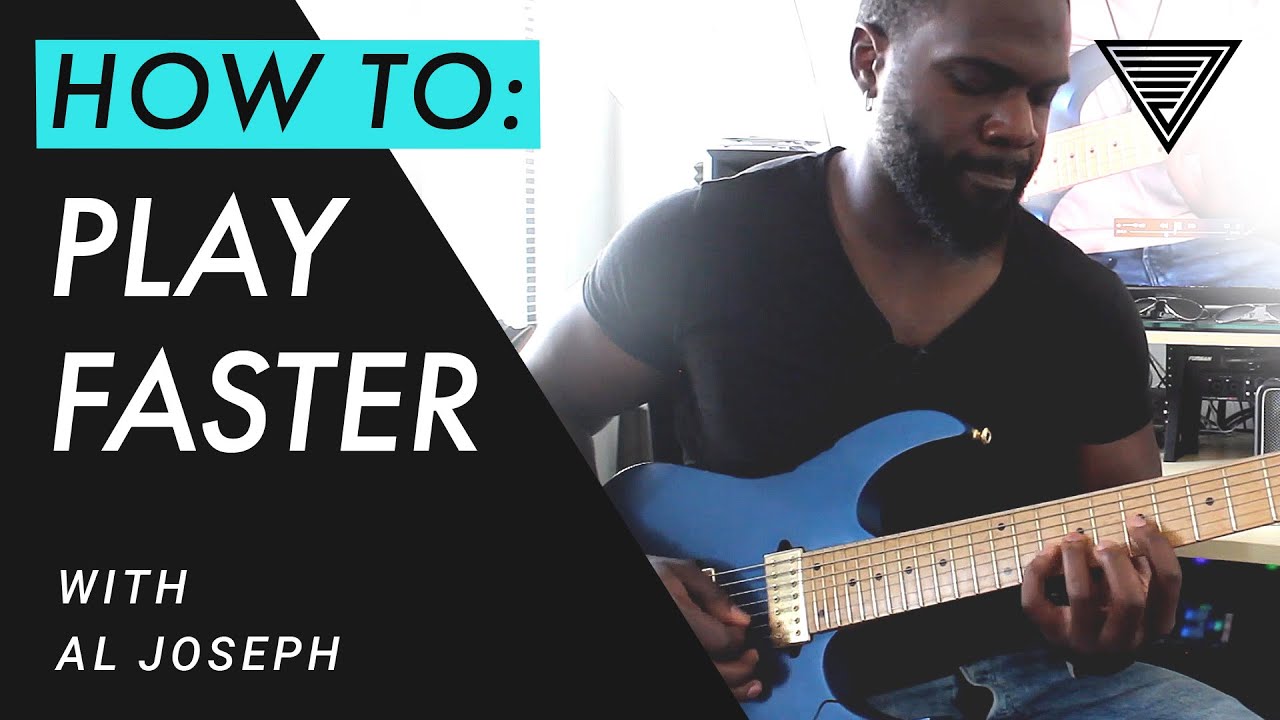I’m bummed out for my teenage son. He took up guitar a little while back and was making nice progress - until the wrist of his fretting hand started to hurt.
I’ve been on YT, but somehow no one’s really nailing the issue. It’s the kind of soreness that I imagine a lot of you have had some of your students complain about. It’s his wrist, not mine, but sounds like it has something to do with tendons or ligaments. I don’t know if I’d call it an ‘overuse injury’; he had only been playing a month or two, and hardly ever more than 1/2 hr a day.
If anyone’s helped a student overcome this successfully, I’d love to hear more about it. Thanks.
(btw, I don’t think his acoustic has crazy high action; it feels pretty comfortable to me. he’s a bigger kid - over 6’ and 200 lb+; think fingers, not skinny like mine. my hand’s close to avg. - i’ve checked;) - so by comparison i’d say his fingers are just a touch on the short side.)

